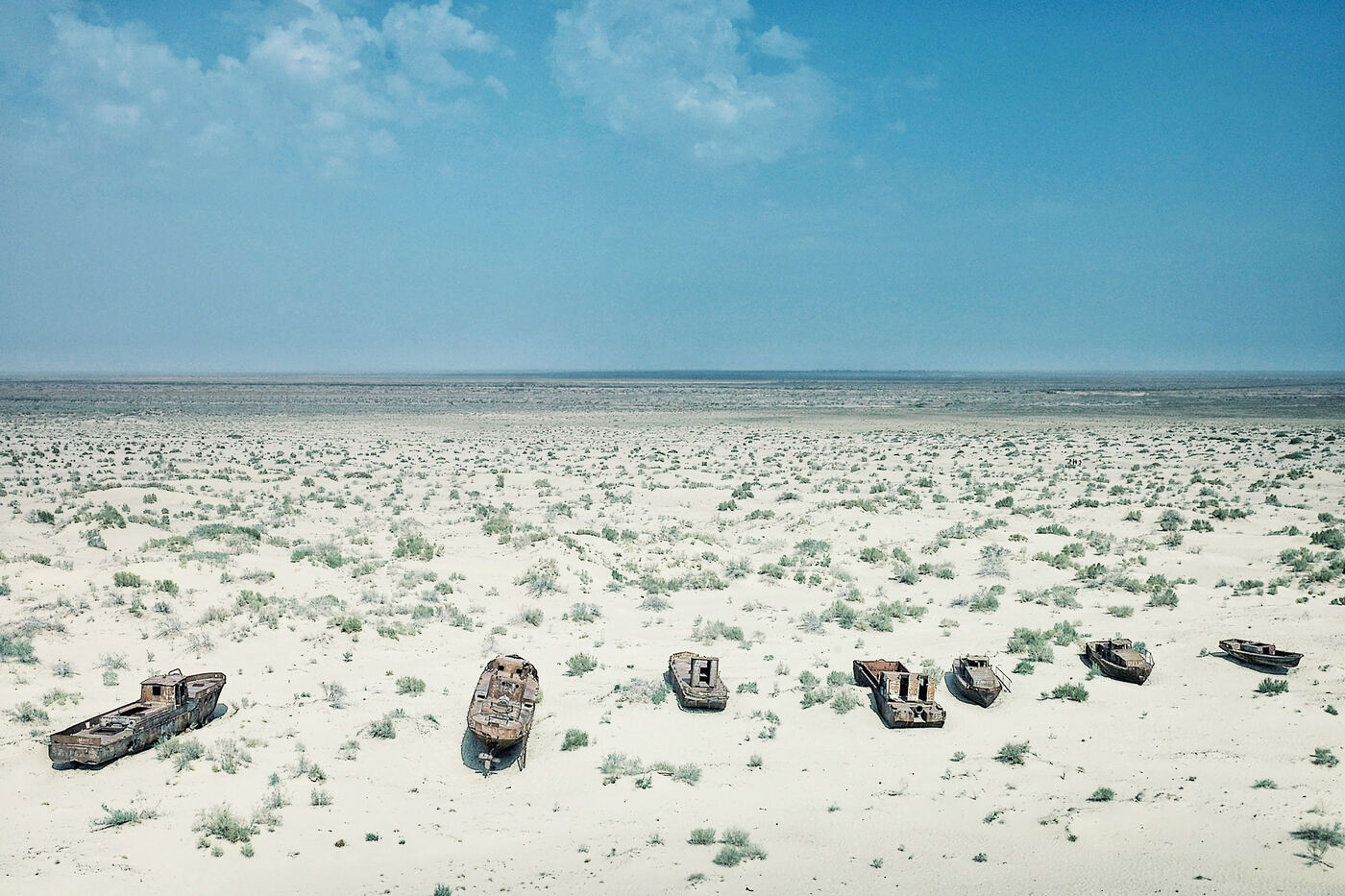
Lapidification, also known as petrification, is a fascinating natural phenomenon that has captivated scientists and philosophers alike for centuries. It refers to the process of organic material turning into stone, creating breathtaking geological formations that stand as a testament to the passage of time. From ancient myths and legends to modern-day scientific discoveries, lapidification holds a special place in our collective imagination.
In this article, we will explore 14 astounding facts about lapidification, shedding light on the science behind this extraordinary transformation and delving into some of the most remarkable examples found around the globe. So, hang on tight as we embark on a journey through time, uncovering the mysteries and marvels of lapidification.
Key Takeaways:
- Lapidification turns plants and animals into stone over millions of years, preserving intricate details and providing insights into ancient life forms and ecosystems.
- Lapidified fossils can be found all around the world, from various geologic eras, and in different types of rock, continuing to fascinate scientists and enthusiasts with their stunning and unique specimens.
Lapidification is the petrification of organic matter into stone.
When organic material such as plants or animals undergo a process of mineral replacement, they can turn into solid stone over time. This phenomenon, known as lapidification, occurs when the original organic material is gradually replaced by minerals, preserving its external structure while transforming it into a rock-like substance.
Lapidification can occur through various processes.
There are several ways in which lapidification can take place. One common process is permineralization, where minerals slowly fill in the pore spaces of the organic material, turning it into stone. Another process is replacement, where the original organic material is completely replaced by minerals, leaving behind a solid rock replica.
Fossils are often formed through lapidification.
One of the most well-known applications of lapidification is in the formation of fossils. When plants or animals die and are quickly buried under sediment, the minerals from the surrounding environment seep into their remains, gradually replacing the organic matter and forming a fossil.
Lapidification can preserve intricate details of ancient life forms.
Due to the meticulous process of mineral replacement, lapidification can preserve even the finest details of ancient organisms. From the delicate structures of leaves to the intricate skeletal remains of animals, lapidified fossils provide scientists with a glimpse into the past, allowing them to study and learn about extinct species.
Lapidification can occur over millions of years.
The process of lapidification is not a quick one. It can take millions of years for organic material to fully transform into stone through mineral replacement. This slow process helps to ensure the preservation of the original structure and composition of the organism.
Lapidified fossils can be found all around the world.
Lapidification has occurred in various locations across the globe, resulting in the discovery of lapidified fossils in different geological formations. From limestone quarries to ancient seabeds, these preserved remnants provide valuable insights into the history of life on Earth.
Lapidification is not limited to just plants and animals.
While lapidification is commonly associated with the preservation of plant and animal remains, it can also occur with other organic materials. This includes things like wood, shells, and even feathers, which can all undergo mineral replacement and become lapidified over time.
Lapidification can produce stunning and unique specimens.
Due to the combination of geological processes and the original composition of the organic material, lapidification can result in the creation of breathtaking and unique specimens. From vibrant mineral colors to intricate patterns, these lapidified fossils and artifacts often showcase the beauty of nature’s transformation.
Lapidification can provide significant scientific insights.
The study of lapidified fossils and organic matter can contribute greatly to our understanding of ancient ecosystems, evolutionary processes, and geological history. By analyzing lapidified remains, scientists can reconstruct past environments, track changes in species over time, and unravel complex ecological relationships.
Lapidification has played a crucial role in paleontological discoveries.
Many groundbreaking discoveries in paleontology have been made thanks to lapidified fossils. From uncovering new species to piecing together the evolutionary timeline, the study of lapidification has greatly contributed to expanding our knowledge of prehistoric life.
Lapidification is not restricted to a particular geologic era.
Lapidified fossils can be found from various geologic eras, spanning millions of years of Earth’s history. From the Paleozoic to the Cenozoic, lapidification has occurred throughout different periods, offering valuable insights into the diversity and evolution of life forms over time.
Lapidification can occur in different types of rock.
Lapidification is not bound to a specific type of rock. It can occur in sedimentary, metamorphic, and even igneous rocks, depending on the geological conditions and processes that lead to the mineral replacement of organic material.
Lapidification can preserve ancient organic molecules.
While lapidification primarily involves the replacement of organic material with minerals, it can also preserve traces of ancient organic molecules within the rock matrix. This has allowed scientists to extract and study genetic material from lapidified specimens, providing insights into ancient DNA and biochemical processes.
Lapidification continues to amaze and fascinate scientists and enthusiasts worldwide.
The remarkable process of lapidification has captivated the attention of scientists, paleontologists, and enthusiasts alike. The discovery and study of lapidified fossils continue to provide valuable knowledge and insight into Earth’s history, reminding us of the astonishing transformations that occur over millions of years.
Conclusion
After exploring these astonishing facts about lapidification, it is clear that this geological process has had a significant impact on our planet. From turning organic matter into stone to preserving ancient life forms, lapidification has provided scientists with invaluable insights into Earth’s history and evolution.
Understanding lapidification can also help us appreciate the natural beauty of stones and fossils that have been formed over millions of years. Whether it’s marveling at petrified forests or admiring intricate patterns in agate, lapidification is a reminder of the incredible forces at work beneath our feet.
So next time you come across a stone or fossil, take a moment to ponder the remarkable journey it has been on. Lapidification truly is a fascinating process that continues to awe and inspire us.
FAQs
Q: What is lapidification?
A: Lapidification is the process by which organic material, such as wood or bones, is transformed into stone over millions of years. This fossilization process occurs through the replacement of organic matter with minerals.
Q: How long does lapidification take?
A: Lapidification is a slow process that can take anywhere from thousands to millions of years, depending on various factors such as the type of organic material, burial conditions, and geological processes.
Q: What are some examples of lapidified fossils?
A: Some examples of lapidified fossils include petrified wood, ammonites, trilobites, and dinosaur bone. These fossils provide valuable information about past ecosystems and the organisms that inhabited them.
Q: How does lapidification occur?
A: Lapidification occurs when minerals in groundwater, such as silica or calcite, slowly infiltrate the organic material. Over time, these minerals replace the organic matter, preserving its structure and turning it into stone.
Q: Why is lapidification important?
A: Lapidification is important because it helps us understand Earth’s history, including the evolution of life forms and past environmental conditions. It also allows us to study and appreciate the beauty of natural stones and fossils.
Was this page helpful?
Our commitment to delivering trustworthy and engaging content is at the heart of what we do. Each fact on our site is contributed by real users like you, bringing a wealth of diverse insights and information. To ensure the highest standards of accuracy and reliability, our dedicated editors meticulously review each submission. This process guarantees that the facts we share are not only fascinating but also credible. Trust in our commitment to quality and authenticity as you explore and learn with us.


